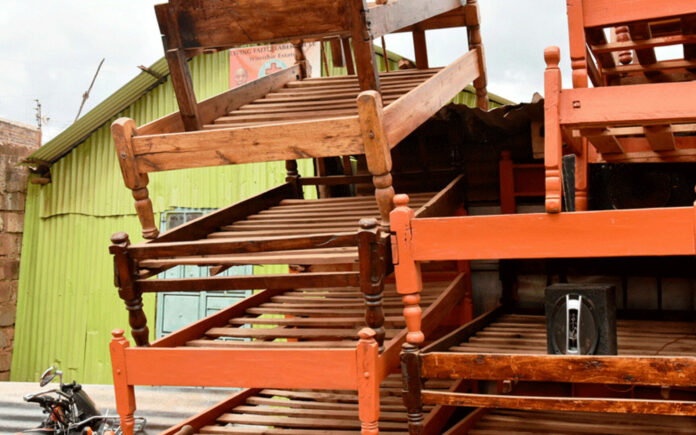More Kenyans than ever are now using household items to secure loans they would otherwise not get from the traditional financing institutions such as banks.
Among the household items that are being most frequently used are televisions, sofa sets, tables and fridges. Cows and cars are also in the list of these guarantor items.
According to the registry for for Movable Property Security Rights that is administered by the Business Registration Service (BRS) under the Office of the Attorney General, over 100,000 household items have been given up by Kenyans as collateral for loans.
According to the BRS, household items top the list since they are most preferred by creditors due to their accessibility and high market demand in case of default and auctioning. They are the followed by cars, furniture, equipment, and livestock.
“During the period between July 2022 and June 2023, the most preferred type of movable collateral used to secure credit included household items, motor vehicles and furniture,” said BRS.
The data by BRS comes hot on the heels of latest data from the Central Bank of Kenya which shows that as at April 2024, the amount loans Kenyans had defaulted stood at Sh. 630 billion.
Michael Macharia’s Seven Seas to get Sh. 1 billion compensation from State
The gross-non-performing loans as a ratio of the total advanced loans increase from 15.5 per cent in February 2024 to 16.1 per cent in April 2024. The sectors where defaults were prominent included real estate, trade, agriculture, tourism, restaurants and hotels, building and construction, and households.
Strikingly, the amount of defaulted loans has been rising steadily over the past few years. For example, towards the end of year 2020, Kenyans had defaulted on bank loans worth over Sh. 404 billion.
At that time, non performing loans (NPLs) increases were noted in the transport and communication, energy and water, tourism, restaurants and hotels and real estate sectors, mainly due to disruptions of the businesses. The increases in NPLs were partially offset by repayments and recoveries in the trade, manufacturing, building and construction sectors.








